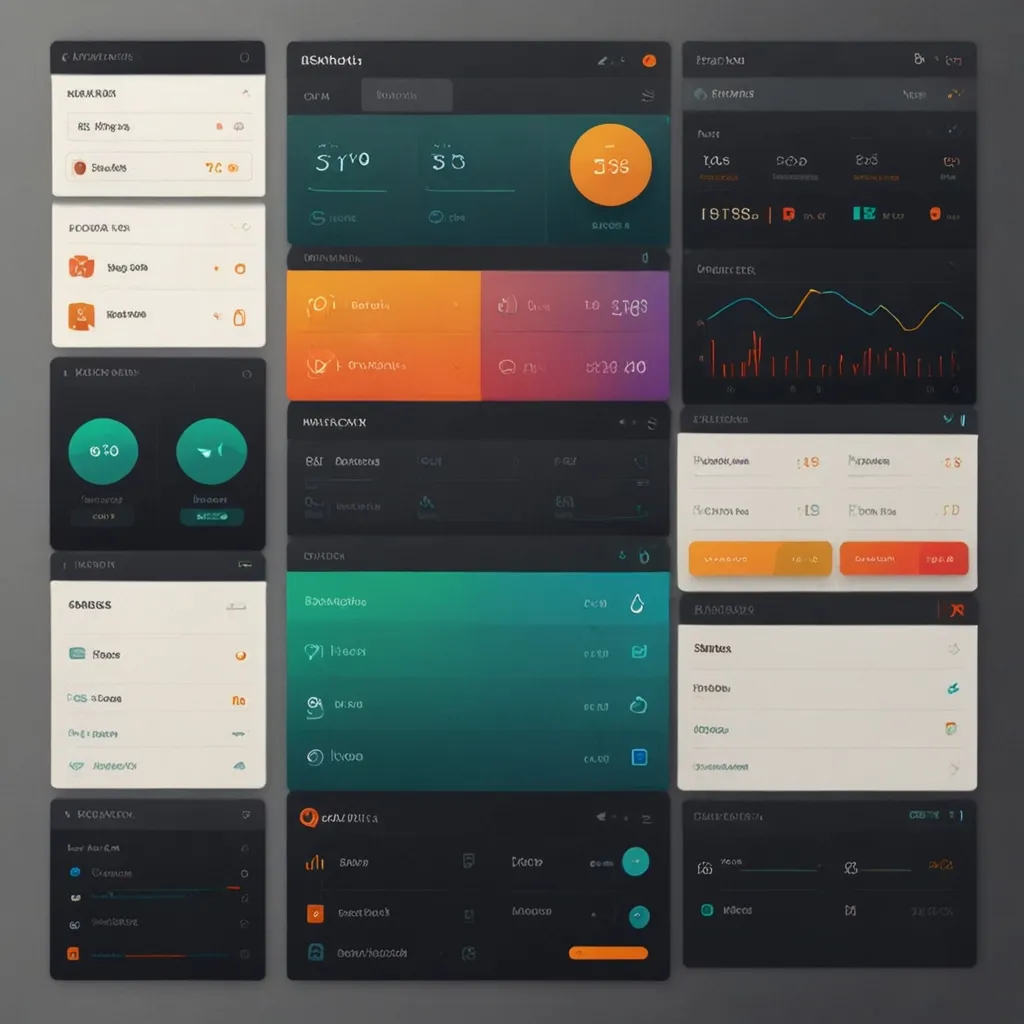Ever scroll through a website and notice how images and videos seem to appear, almost as if by magic, just as you’re about to see them? This cool trick is called lazy loading, and it’s basically the unsung hero that ensures a smooth browsing experience.
Lazy loading is a killer way to boost how fast a website loads. Instead of your browser loading everything on a page all at once, lazy loading delays the loading of non-essential stuff, like those zillion product images and videos. They only load when you actually need to see them. Imagine strolling through an online store. If it loads everything at once, it’ll slow down big time. But with lazy loading? Only the images on your screen load initially. As you scroll, the other images pop up. Super smooth.
Here’s how lazy loading works its magic. When you first land on a webpage, your browser only loads what’s on your screen. It skips over the rest until you scroll down and are about to see them. Some sites even use placeholder images or low-res versions that get replaced by high-res ones as you scroll. You’ve probably seen it on Medium; those blurry images that get sharper as you scroll are a perfect lazy loading example.
Why should you care about lazy loading? Tons of reasons.
First, it speeds up how quickly pages load. This is crucial for mobile users stuck with slower internet speeds. You’re dealing with less data because not everything is loading at once—the result? Faster browsing.
It also trims down server requests. Each image or video is another server request, meaning more strain on your servers. By spacing out these requests, lazy loading helps keep things running smoothly.
Lazy loading doesn’t just make things faster for users; it also manages your resources better. Your browser won’t waste time decoding and processing stuff that might not even be seen. This all translates to a smoother experience for users.
And hey, let’s talk money. For site owners, less data transfer means lower bandwidth costs. Fewer server requests also translate into better site efficiency.
Lazy loading can also optimize visual content so your website isn’t bogged down by heavy images and videos, keeping user experience top-notch. Another bonus? It avoids unnecessary code execution. Since content loads on demand, the browser skips processing any code for stuff that isn’t in view. That means slicker performance and happier users.
Don’t forget the user experience! With lazy loading, users start interacting with your page immediately without waiting for the whole thing to load. This keeps them engaged and reduces those annoying bounce rates.
But hey, it’s not all sunshine and rainbows.
Implementing lazy loading isn’t a walk in the park. It adds complexity to your code, which can trip up developers who are new to it. Plus, if you’re not careful, it can mess with your SEO. Search engines need to see all your content; otherwise, you risk your site not being indexed correctly.
To rock this technique without running into problems, stick to these best practices.
Use it for non-critical content, like images and videos below the fold. This way, vital content loads first, keeping users engaged from the get-go. Test your implementation across different devices and browsers to ensure everything works smoothly. Optimize placeholder images so they load quickly and don’t mess with your initial load speed. And always keep tabs on your website’s performance metrics to make sure lazy loading is a win for you.
You’ll find lazy loading all over the web. E-commerce giants like Amazon and eBay use it to load product images as customers scroll, ensuring fast load times. Blogs and news sites also use it to handle images and videos, boosting page speeds and making for a better read. And then there’s social media. Platforms like Instagram and Facebook use lazy loading to keep feeds loading as you keep scrolling. It’s everywhere!
In a nutshell, lazy loading is a top-notch technique for speeding up websites. By holding off on loading non-essential resources until they’re needed, your page load times shrink, server requests drop, and the user experience soars. Yes, it might make your code a bit more complex, and you have to ensure it doesn’t mess with your SEO, but the benefits are so worth it. Lazy loading is a game-changer for web developers looking to optimize site performance.






